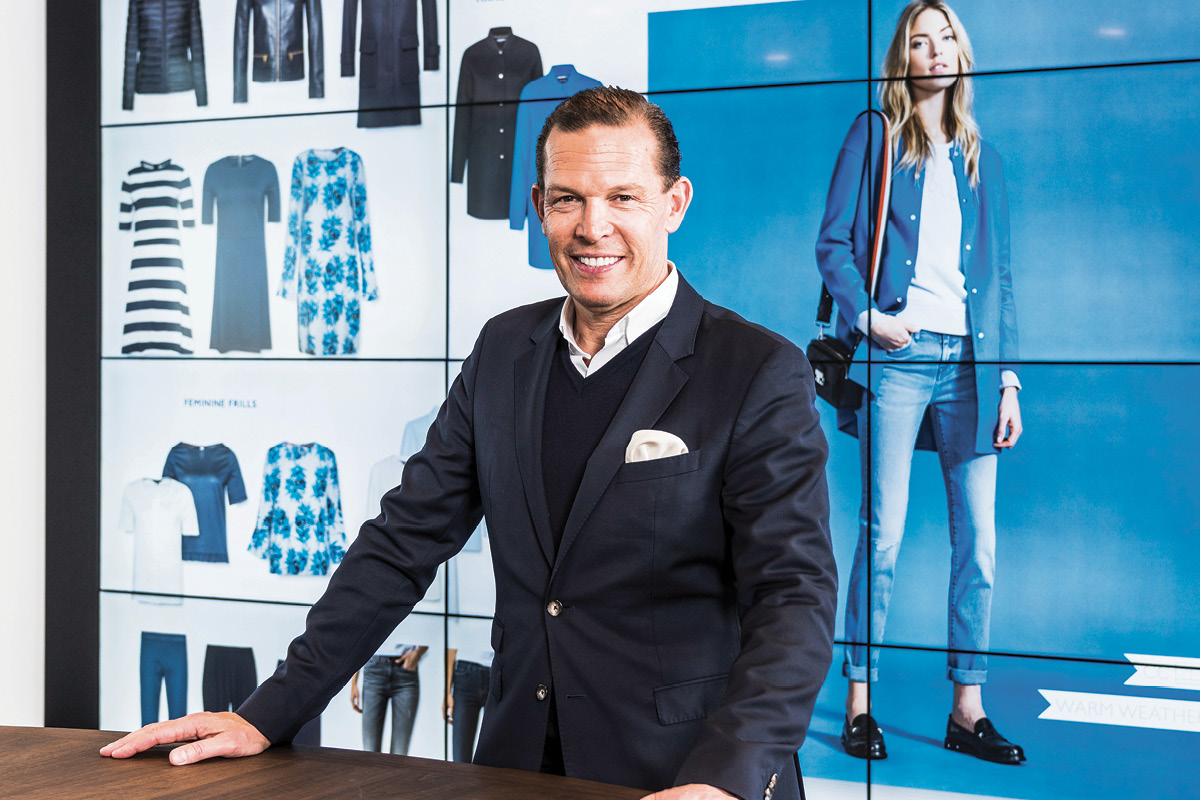Tommy Hilfiger CEO Daniel Grieder was watching the evening weather forecast on his office television when he had a stroke of genius. There was something about the way the weather presenters stood before a big screen, with animated clouds and raindrops depicting weather patterns, that struck a chord with Daniel.
“I said to myself, that is my dream – to talk about our brand and show our collections in front of a big screen,” says Daniel. That first lightning flash of inspiration was the catalyst for creating Tommy Hilfiger’s world-first Digital Showroom designed to revolutionise the shopping experience. “We first launched it in Amsterdam, then in Germany, and now we have implemented it in 7 countries,” says Daniel excitedly. “We have an ambitious rollout planned over the next few years to launch the new system into all our countries.”
Introducing the Digital Showroom
Set in dimmed rooms, smaller than the average retail outlet, the Digital Showrooms feature large interactive touchscreens built into the surface of a solid timber table. The touchscreens connect to another large high-definition cinema screen set into the wall. Using the tabletop interface, customers can digitally select Tommy Hilfiger collections to view, including its range of styles, sizes, colours and other specifications, and even create custom orders.
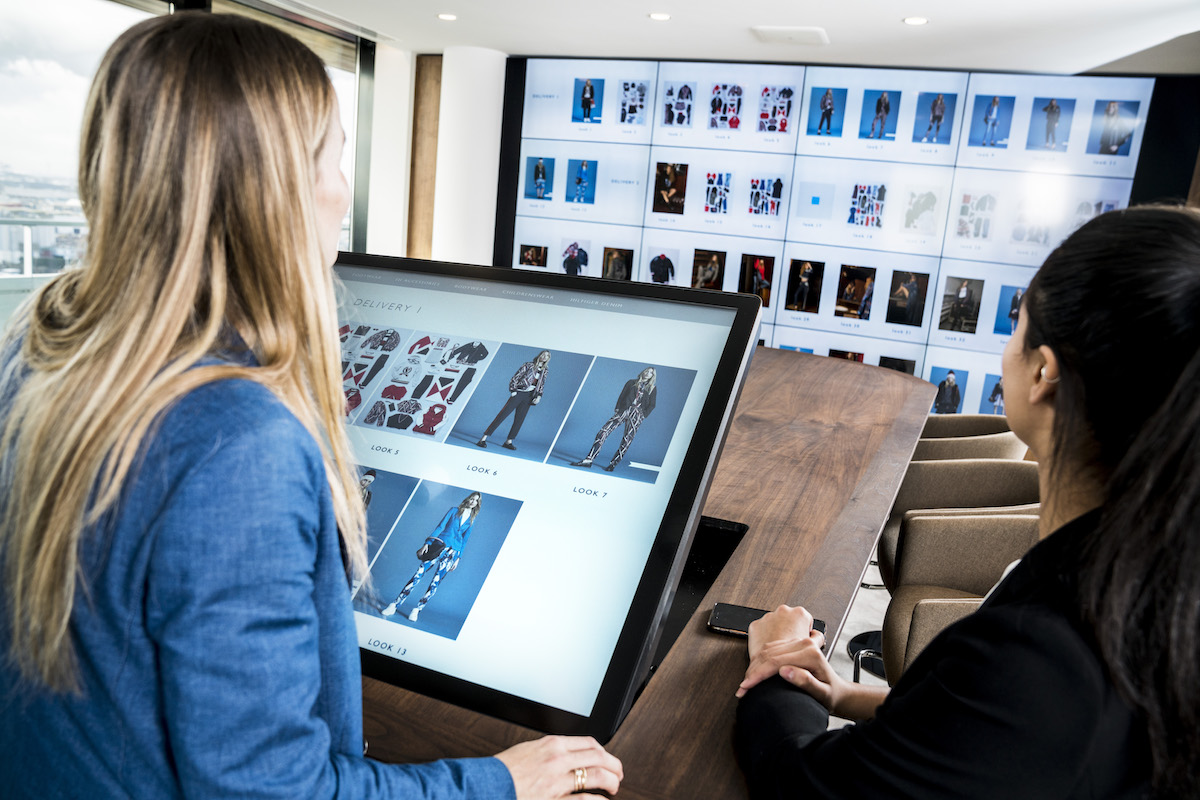
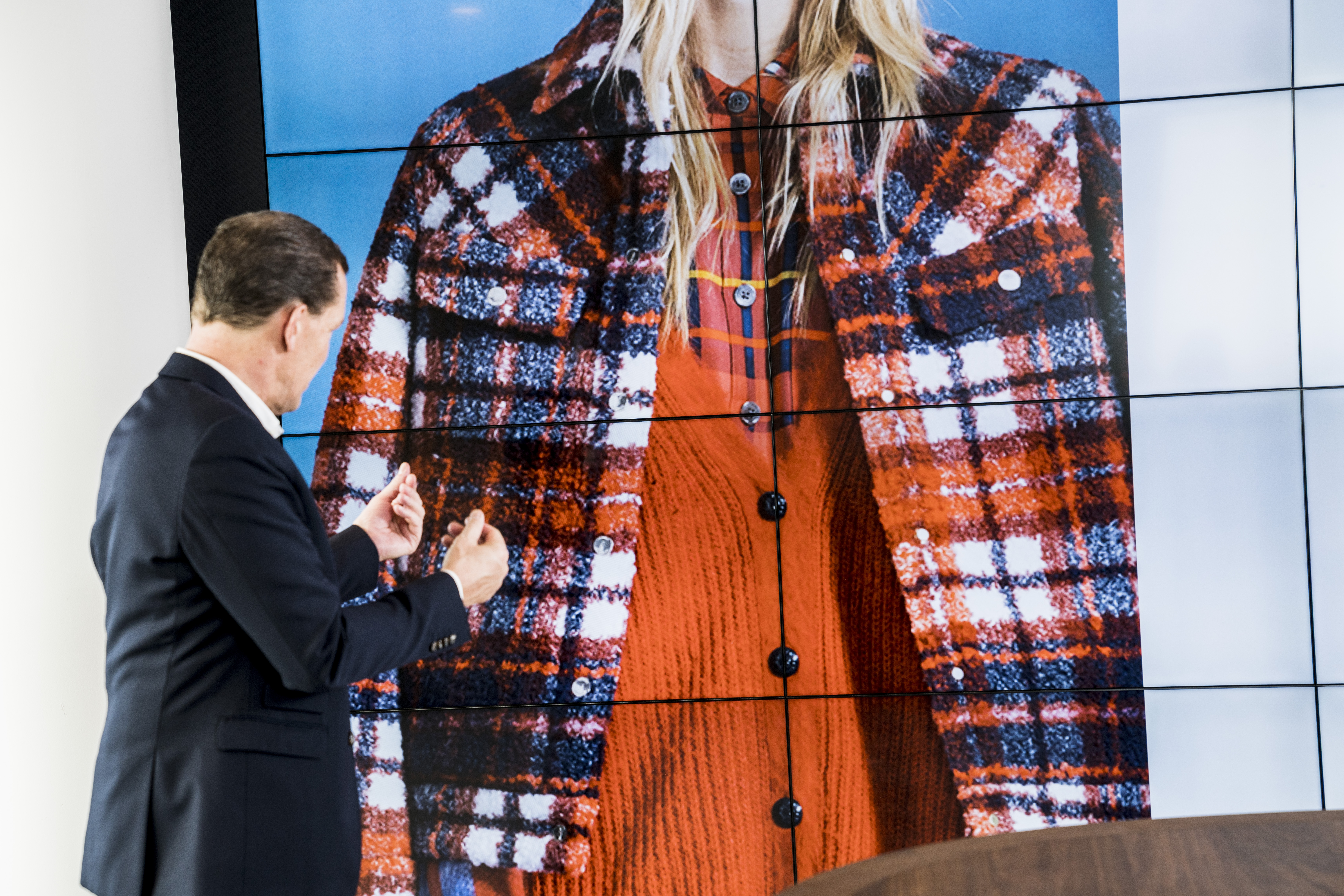
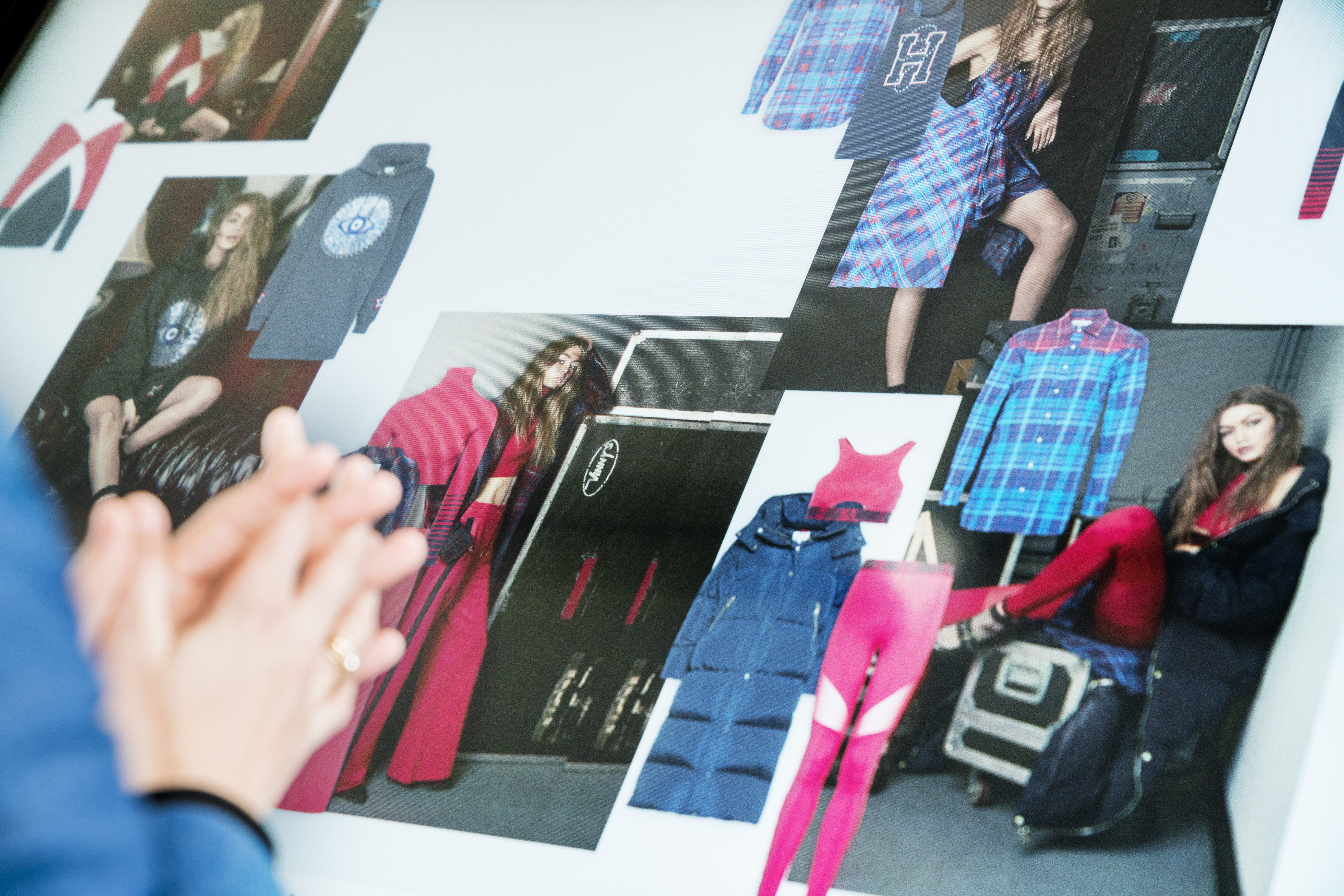
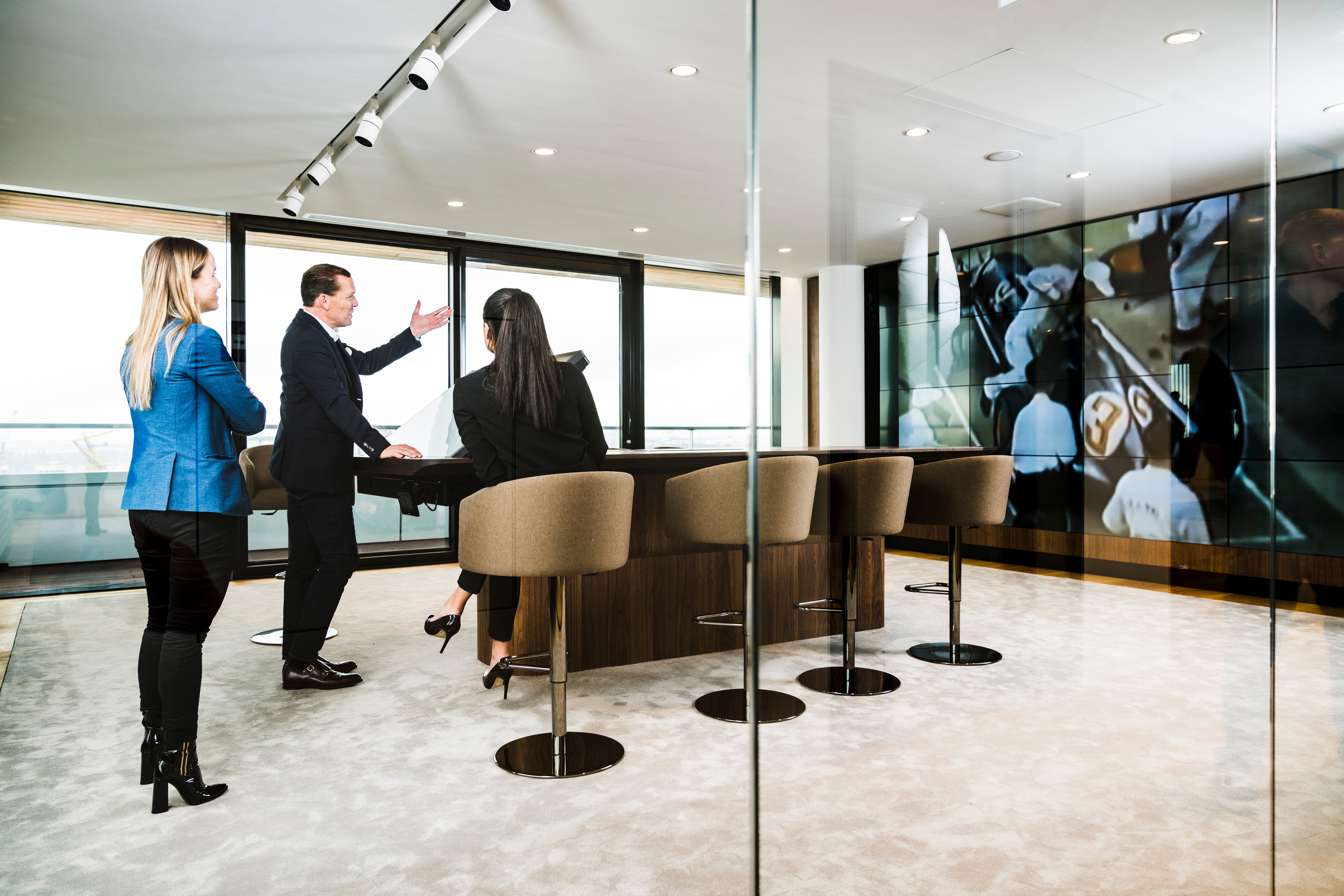
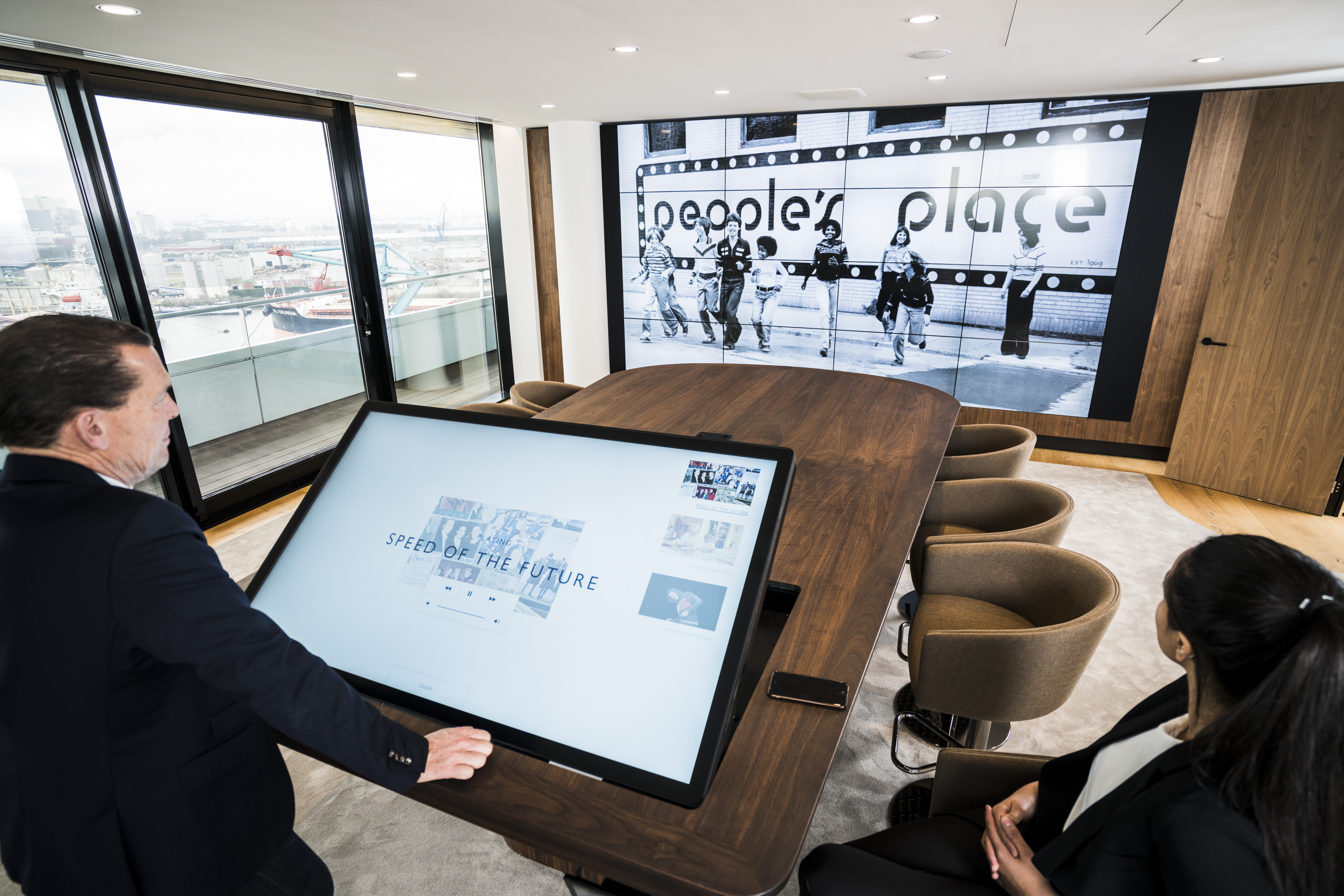
The screen also allows customers to zoom in to see design details and textures. Items can be dragged onto a blank digital canvas to create full fashion assortments replicating traditional laydowns that used to happen on the showroom floor. Swatches are available for those customers who also want to feel the fabric.
“It started with entrepreneurial thinking – people who believed in something different, and who wanted to make it happen. It’s been like running a start-up within the company,” says Daniel. The new system serves the customer and the retailers in equal measure, by allowing a more seamless shopping experience and embracing digital trends.
“The digital component is now so commonplace. I realised that people are used to relying on screens, so it was only a question of time,” says Daniel. Though the company hopes that the technology will one day eliminate the need for large showrooms filled with physical samples, Daniel believes the need for bricks and mortar stores will remain.
It started with entrepreneurial thinking – people who believed in something different. It’s been like running a start-up within
the company
“Traditionally, when you go into a store, you want to try things on, so physical retailers still need to be there for now. But we’re adding digital elements to create a more seamless shopping experience that fully immerses customers in the Tommy Hilfiger brand,” says Daniel. “Say you had a showroom that is 100 square metres: our huge collection wouldn’t fit in it, so customers couldn’t buy every style, size, or colour.
Many brands have these huge stores today, with thousands of square metres. But that’s too expensive to maintain, plus there’s less foot traffic, as more people prefer to buy online. The digital element offers the chance to sell all versions of a garment, using a smaller space.”
Making it work
The concept also improves the sustainability of Tommy Hilfiger’s operations by reducing sample production, making printed order forms redundant, and diminishing the environmental impacts of shipping.
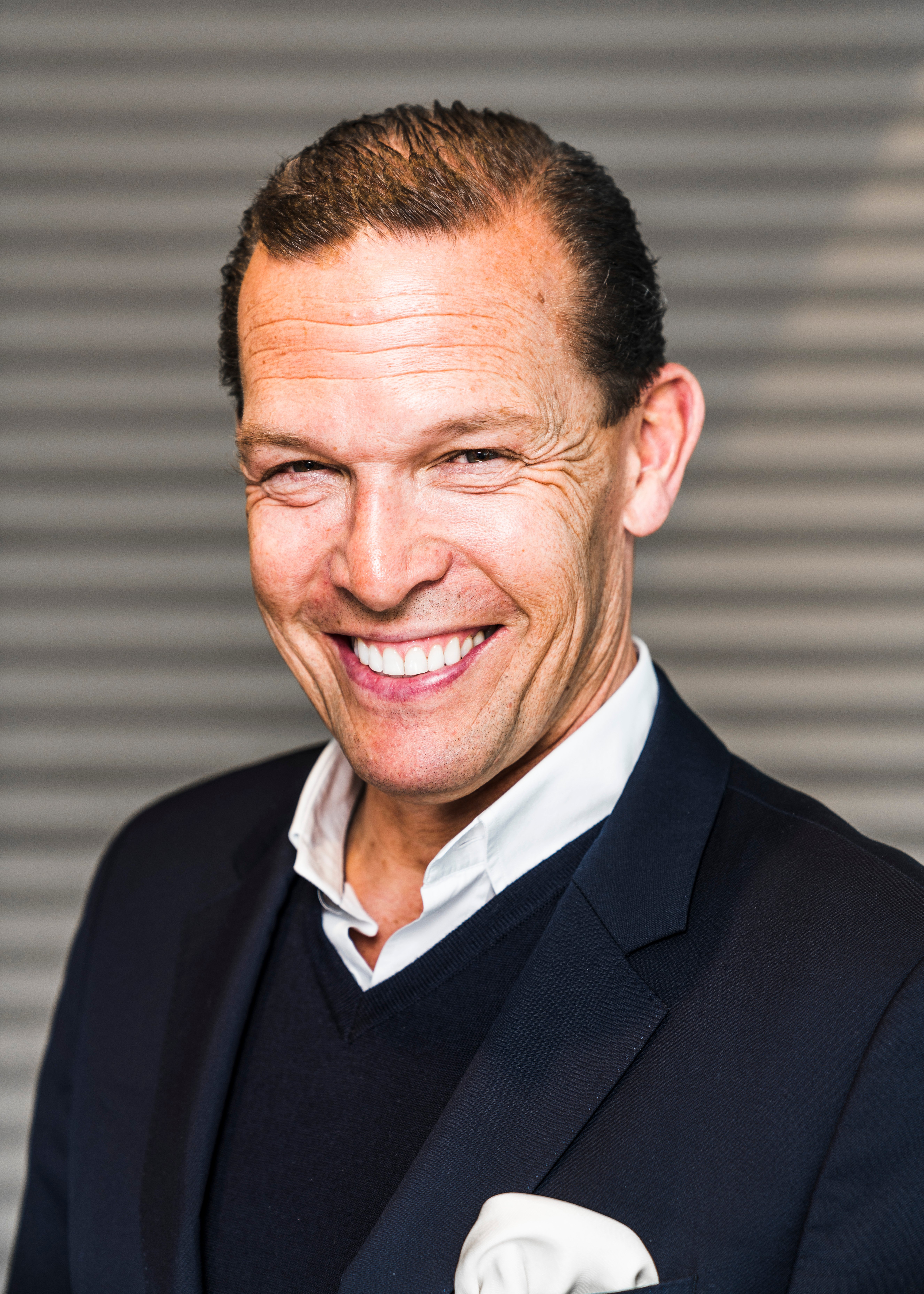
Like many disruptive ideas, however, Daniel’s plan was not always met with keen-eyed optimism. “In the beginning there were not many people who thought this could be made a reality,” he says. While trying to bring his vision to life, Daniel had a revolving door of potential candidates to work on his team and execute his strategy. “I brought some people together and I explained my idea to them that I got from watching the weather channel.
“They said, ‘It’s really not a bad idea, but it won’t work, because in textiles you need to touch.’ So I said, ‘Okay. Thank you. Bye,’ and I brought the next 4 in, explained the whole story, and 24 hours later they came back and also said, ‘Daniel, it’s a great idea, but it won’t work.’ So again, I said, ‘Okay, next!’” It wasn’t until the third group came in and said, “We have no idea how this is going to work, but we’re going to make it work” that Daniel knew he had found his people. “That changed the whole company – that spirit of making the impossible possible, and the vision, drive, and belief that we could do it, that it was worth trying.”
That changed the whole company. That spirit of making the impossible possible, and the vision, drive, and belief that we could do it.
Once it was in full swing, Daniel managed to convince his salespeople of its merit, and now they prefer to run the stores in this way. Next came the press, and then the customers. “Now they all feel like this is the new world, because it’s working. We’re faster, we’re better, we’re more complete.” With the global rollout still underway, Daniel is confident that the Digital Showroom is the way of the future. “But if everything goes wrong, maybe I can go work for the weather channel,” he jokes.
X marks the spot
Keen to constantly innovate, Tommy Hilfiger has launched new ‘capsule’ collections by partnering with pop culture stars and allowing them to help with the design, production and modelling of timeless garments.

The recent collaboration with supermodel Gigi Hadid (TommyXGigi) has seen great success, along with sport partnerships like Rafael Nadal (TommyXNadal). Daniel says the brand may also soon announce collaborations with a musician.
Dominating in denim
Tommy Hilfiger has strategically aligned itself with apparel manufacturer Hirdaramani to provide premium denim wash innovation, through its PVH Denim Center of Excellence.
The partnership will enable the delivery of high-quality designer denim collections, with a focus on 4 key areas:
- Innovation and technology
- Efficiency and cost engineering
- Technical networking
- Sustainability
There will be a specialised wash lab for developing the most cutting-edge washes and finishes; 3D fitting technology for faster time to market; and a virtual design collaboration platform that will enable designers across the globe to work together.
Both businesses will work together to deliver the highest-quality product at the best price.
It will be a centre of learning and knowledge sharing, and will attract specialists in design, technology, R&D, fabric, manufacturing and engineering.
There will be sustainable washes, fabrics, product development and manufacturing processes, with a goal of continuously evolving products to have a minimal impact on the environment.
Shazam for the fashion world
Set on a path to revolutionise the way people shop, Tommy Hilfiger has not only changed how people shop for clothes, but when. Daniel laments how, until more recently, mid-range clothing brands would mimic the designs seen in fashion shows, only they’d have their items on the rack and available for sale much faster than the originals, in many cases only 6 weeks compared to the usual 6 months it can take designers.
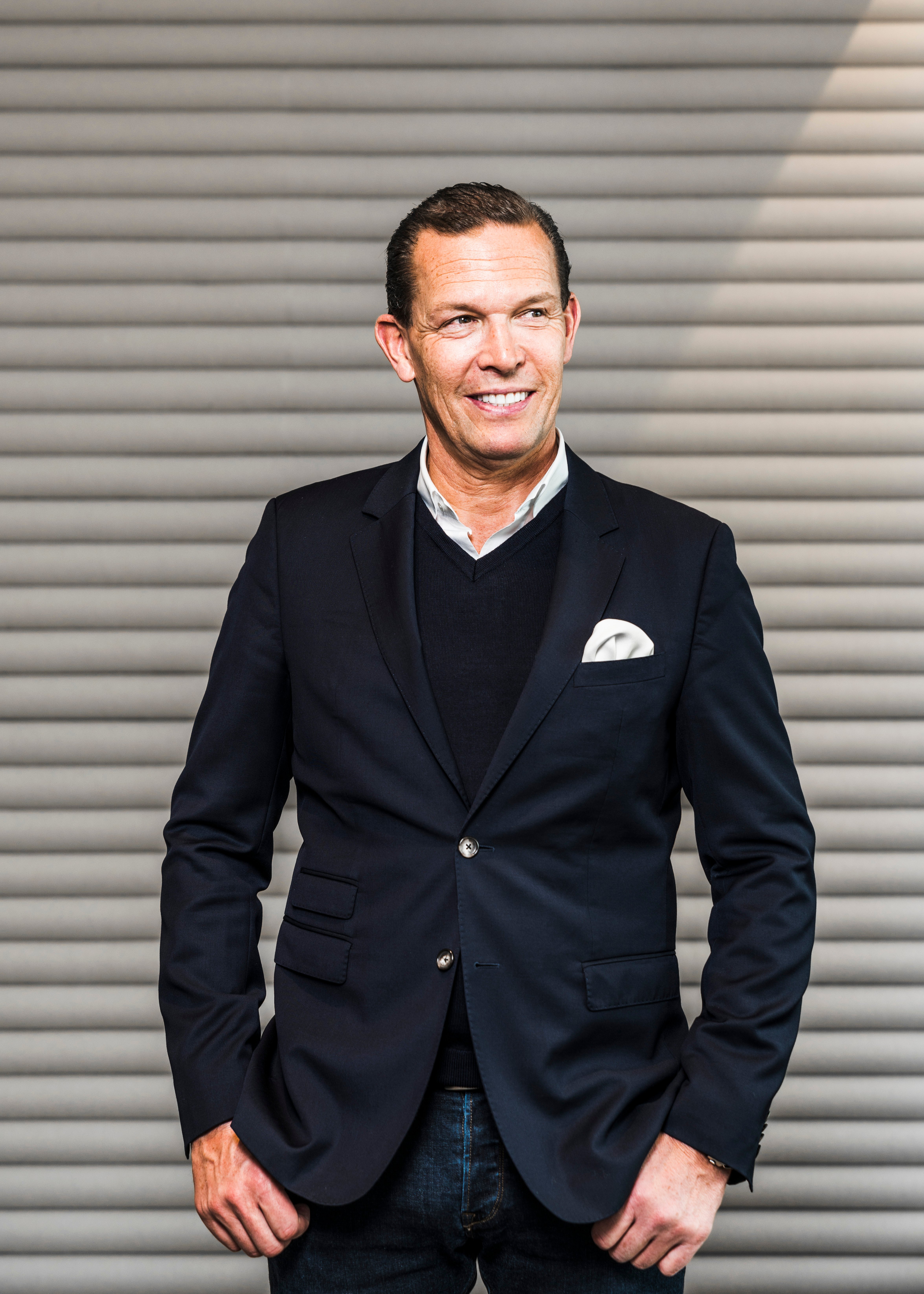
There’s never a quiet moment for us, but I think that will keep us alive. We got the wake-up call early on, while other brands just overslept.
“Everybody talks about how fast high street brands are, and that’s true. We took that as a challenge, because our industry needs to change. It cannot be that we do all these fashion shows, and make these beautiful collections, and then it takes us 6 months until we are able to deliver them to our customers,” says Daniel.
To beat them at this game, Tommy Hilfiger has worked to ensure orders can be placed at the time of launching collections, and has even developed the first 3D image recognition commerce smartphone app, in partnership with top visual search technology developer Slyce, where whatever appears at a fashion show can immediately be purchased directly from the runway.
“Users can use their phones to capture a photo of an outfit or item being displayed, and the app identifies those items and directs you to where you can buy them online. The technology is amazing: It uses 3D and 2D image recognition to link to those items,” explains Daniel. “You can use it elsewhere too; perhaps you will snap a product hanging on a rack, or see an outfit in the paper. It’s like Shazam, but for the fashion world.”
Digital innovation will continue to be a huge focus for Daniel, who thinks if a company is not constantly striving to do better, it will quickly fall behind. “When I started with Tommy Hilfiger 20 years ago, I saw many brands that were fantastic, and I dreamed of one day just getting close to their level,” says Daniel.
“But since then, I have seen quite a few of these big companies completely lose it, because they didn’t do anything – because they thought, ‘We are so successful, we can just stay still,’ and all the while we were working hard and trying to find new solutions to better respond to the market.
I think that is what is important in today’s world, and we will continue to do this as long as I’m in charge here,” adds Daniel. “There’s never a quiet moment for us, but I think that will keep us alive. We got the wake-up call early on, while other brands just overslept.”

